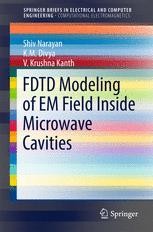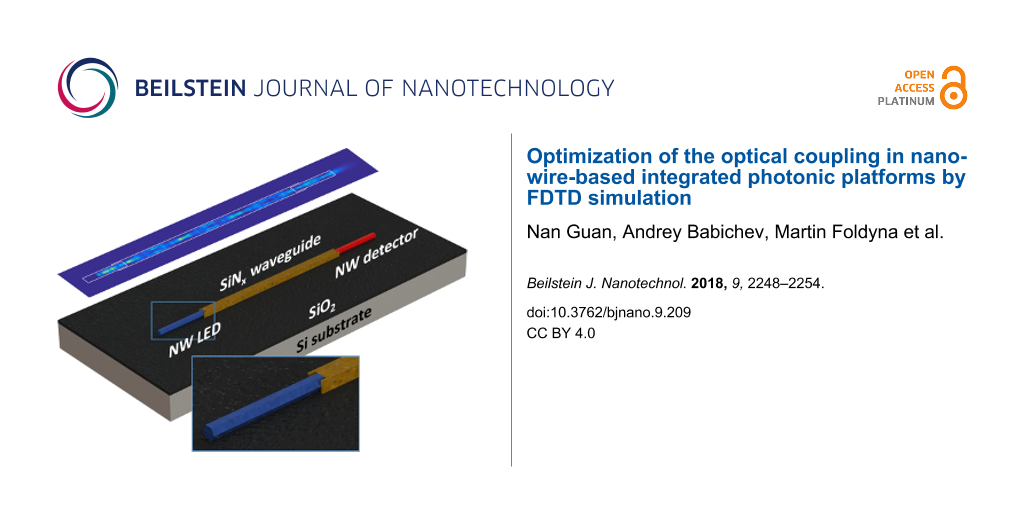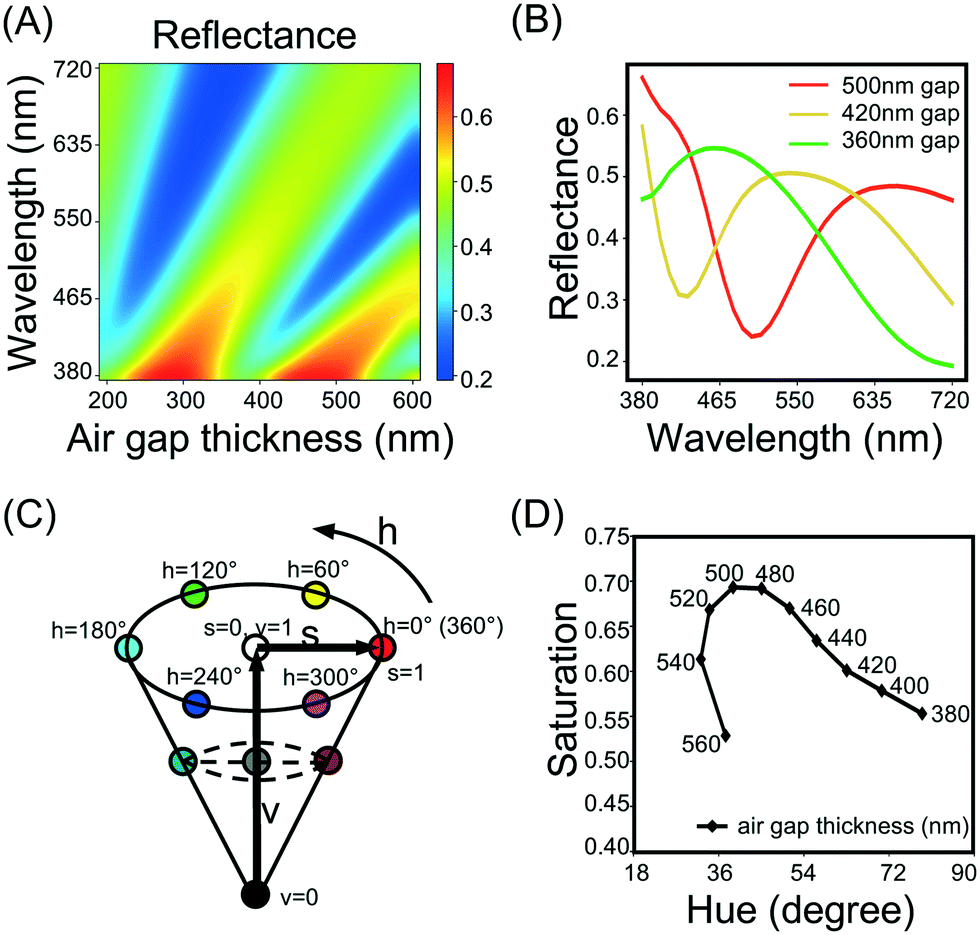

The interactions between particles are governed by an interatomic potential,Įnabling one to keep track of the evolution of the system in phase space. In other words, it involves solving Newton’s equations of motion for a given set The essence of MD methods involves solving the N-body problem of classical The FDTD scheme discretizes the wave equation in both the spatialĪnd time domains and explicitly calculates the evolution of the displacement of each element atĮvery time step. The FDTD method solves numerically the elastic wave equation in homogeneous or

Access paid by the UCSB Libraries, on at 14:01:01, subject to the Cambridge Core terms of use, available atĪn incoming one-dimensional elastic wave packet with broadband spectral characteristicsĬentered on a predetermined central frequency. The impedance mismatch at the interface between the MD and the FDTD systems is probed withĭownloaded from. Time domain (FDTD) method and an atomistic system modeled with molecular dynamics (MD). We have coupled dynamically an elastic continuum modeled with the finite difference In this work, we attempt to examine and quantify the impedance mismatch between continuumĪnd atomistic regions as the continuum spatial and temporal scales are forced toward atomic Result of these issues is that one can expect some amount of elastic impedance mismatch betweenĪ coupled continuum-atomic system when the thermodynamics and long time limits are not Regions may arise when the system is pushed outside the thermodynamic and long time limit. Further, problems in bridging continuum and atomistic This could give rise to potential problems when a coupling between atomisticĪnd continuum simulations is attempted. Models does not present significant difficulties as long as systems are large enough and timesĪn elastic continuum does not obey the same physics over all possible wavelengths as that ofĪn atomic system. Calculating some of these quantities from pure atomistic These quantities are defined such that they satisfy both the In linear elasticity the fundamental properties such as stress, strain and the various moduli are , and the coarsegrained procedure developed by Rudd et al.

These include the concurrentĬoupling of length scales as proposed by Broughton et al. Recently, some algorithms that allow the couplingīetween atomistic and continuum regions have been proposed.
MD SIMULATION FDTD SERIAL
Simulations can either be serial or concurrent. Necessary to model many materials processes efficiently as well as accurately. Multiscaling involves a seamless coupling of length and time scales and is often Multiscale simulations have recently received much attention in several branches of physical The handshaking between the FDTD region and the MD region is The effect of the wave packet on the atomic dynamics and the effect of atomic dynamics on the Simultaneously we use Molecular Dynamics (MD) to examine Motion for the wave propagation through the continuum are solved using the Finite Difference Propagation of an elastic wave through a coupled continuum-atomistic medium. To be developed to bridge the different length and time scales. In other words, a multiscale methodology needs Properties of the model system and vice-versa. Thus in order to model the behavior of materials accurately, it is necessary toĭevelop simulation techniques which can effectively couple atomistic effects to the macroscopic Simmonsĭept of Materials Science and Engineering, University of Arizona,Ītomic level processes often play an important role in the way a material responds to anĮxternal field. Multiscale Modeling of Wave Propagation: FDTD/MD Hybrid Method


 0 kommentar(er)
0 kommentar(er)
